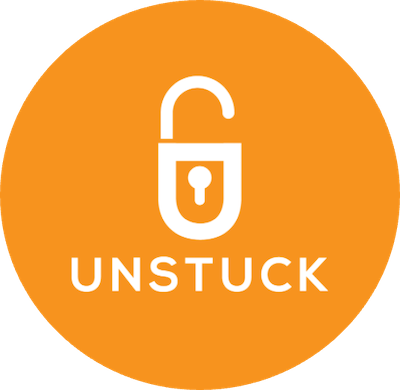Product Owners are often misunderstood as tactical roles but in reality, they are extremely strategic positions. Product Owners are responsible for maximizing the value of the Product. It's easy to get trapped into the busyness of Product Ownership without being effective.
In working with Product Owners, I like to arm Product Owners with lots of new tools, resources, and things to try. One time I was working with a group of Product Owners, and they laughed at every new suggestion I gave them as a tool for how to succeed. I asked the group, “I’m curious, why do you keep chuckling and exchanging glances between each other when I bring up a new tool?” Their response: “All of these sound great, but there’s no way we have time to do any of these. We were barely able to carve out time to be here for two days.”
Through this interaction, I came to realize that like when I was in my Product Owner role, many Product Owners are often overwhelmed. This wasn’t exactly news, but I learned that I am doing a disservice to the people I serve if I only give them new stuff. As much as I give them tools to start working on, I also need to give them tools for determining what to stop working on to make space for the new. It was during this process that I discovered the ecocycle of growth for Product Owners.
In nature, plants follow a pattern of growth, so too do Product Owners. As they mature in their role, they learn things that they need to stop doing to make way for things that they need to start doing. This takes introspection and self-awareness that many people don't have time for. As a result, one of my favorite tools has been a Liberating Structure called Ecocycle Planning.

The activity of Ecocycle Planning asks participants to think through all of the activities that take up their time, getting as granular as possible. These activities are then placed along an ecocycle of Renewal, Birth, Maturity, and Creative Destruction. Following nature, old things create the soil with which new things can grow. In order for things to grow, they must be given time, attention, and an environment to operate within. Participants place their activities where they think they belong personally for them in the ecocycle.
I have seen this be an extremely powerful activity because it challenges the assumption we tend to make that all of our activities are equally valid and valuable. As we plot them out, we can start to see there are some things that we need to creatively destroy to make space for new things. Over time, we get used to status quo and accept activities because they become habitual.
Through doing this activity, many Product Owners have identified differences between their approach in activities vs their colleagues. This isn’t all that surprising - two different ecosystems, two different results, two different ecocycles. The power comes in the conversations and perceptions. I have yet to run this activity where more than 75% of the participants didn’t identify very tangible next steps on things to start and things to stop.
How about you? Are you feeling overwhelmed with all that is on your plate? Do you want to try new things but lack the space to bring them in to your routine?
Maybe Ecocycle Planning can help. Here's what it might look like in action:


If you found this blog helpful, see below for ways to connect and learn more:
Check out our upcoming classes!
Want to chat? Reach out to info@unstuckagile.com so we can help you get Unstuck or Subscribe to our Newsletter.
Also, subscribe to our YouTube channel or connect with us on LinkedIn.

